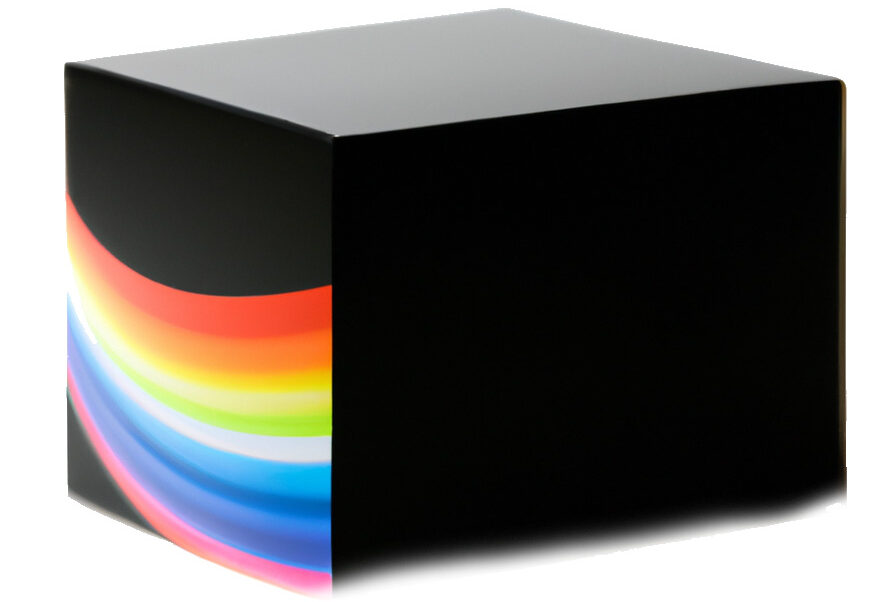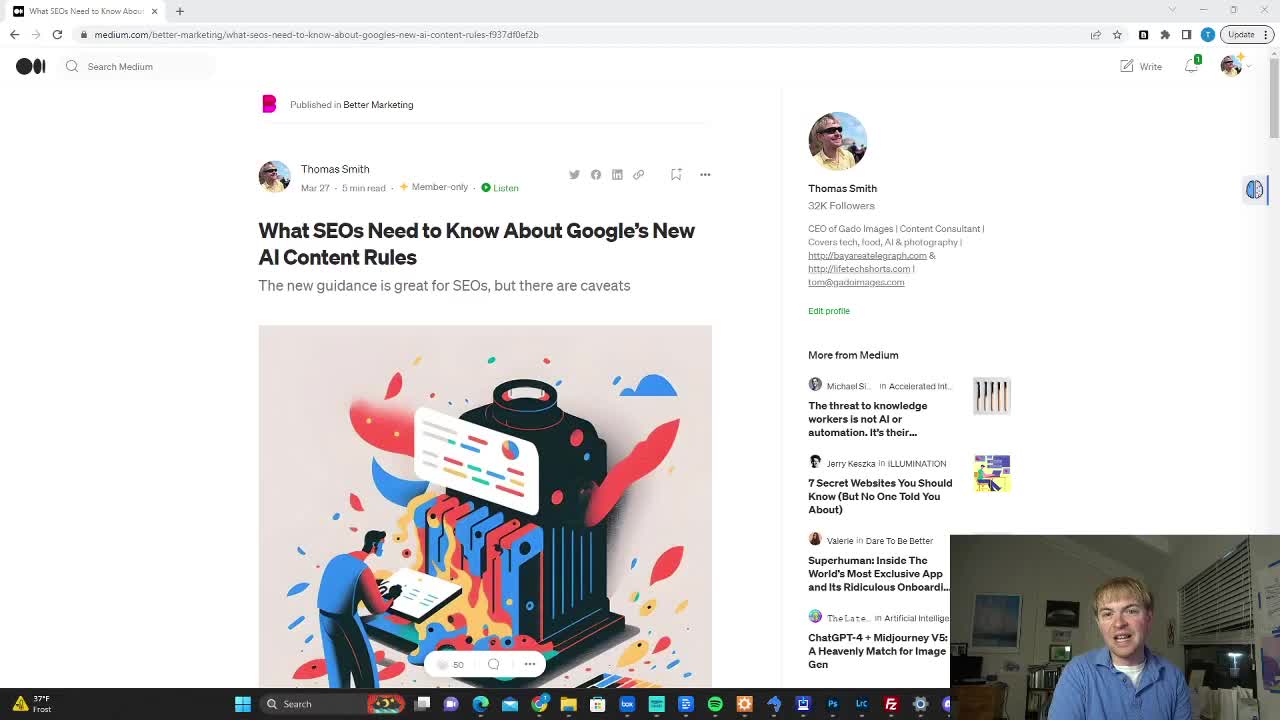When AI content first emerged, Google was quick to dismiss it as spam. SEOs were advised not to use AI for generating content, such as GPT-3, as it was considered a black hat technique. However, Google recently made a significant pivot, changing its stance on the use of AI-generated content.
Google’s New Guidelines: AI Content is Okay as Long as It’s High-Quality
As long as the content generated by AI is high-quality and serves the interest of the user, Google has no issues with it. Whether you create content using AI, human copywriters, or any other method, it should meet the Expertise, Authoritativeness, and Trustworthiness (EAT) criteria. To adhere to these guidelines, consider blending AI-generated content with your personal experiences and insights.
Actionable Recommendations for SEOs:
1. Focus on EAT
Ensure that the content you create using AI is checked for accuracy and enhanced with your own personal experiences. When needed, link out to expert sources like educational or government domains to back up any claims made by the AI.
2. Add an Author Byline
Google wants to know who is responsible for the content published. Thus, you should include an author byline when publishing AI-generated content to indicate that a human has taken responsibility for its quality.
3. Disclose AI-generated Content When Appropriate
While it’s not always necessary to disclose the usage of AI in your content, ensuring that users are not misled about the nature of the content is important. If a user is likely to be confused about the source of the content or its authenticity, consider adding a disclosure.
4. Don’t List AI as the Author
Even if your content is generated primarily by AI, don’t list the AI as the author. Google prefers to have a human responsible for the content published, so putting your name as the author provides accountability.
Use Cases for AI-generated Content
1. Bloggers and Journalists
AI content generation tools can be great for researching complex topics, summarizing articles, or drafting blog posts based on press releases. By adding human perspective, fact-checking, and injecting EAT into the content, AI-generated content can be valuable for readers.
2. E-commerce Businesses
AI content generation can be used to improve product descriptions, create multiple ad variations, or A/B test different copy. Most e-commerce applications of AI-generated content are short-form, and disclosure is generally not required.
3. Social Media
AI-generated content can help create engaging social media posts based on existing blog articles or other content. Fact-checking and ensuring no misinformation is present is crucial, but no disclosure is typically necessary.
4. YouTubers
AI content generation tools can help with writing scripts, generating video ideas, and creating more engaging content. By ensuring quality and helpfulness, AI-generated content can be valuable for viewers on YouTube.
In Conclusion
Google’s significant pivot regarding AI-generated content presents new opportunities for SEOs and content creators. By ensuring the content is high-quality, meets EAT criteria, and is responsibly curated by a human, AI-generated content can be successfully published and achieve high search engine rankings. This shift enables content creation at a quicker pace without sacrificing quality, further benefiting SEO strategies.
Join the free DIY Life Tech newsletter for hands-on reviews of the latest gadgets, insights on generative AI, exclusive discounts on creator tools, and more.

